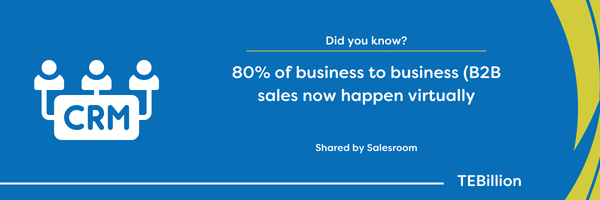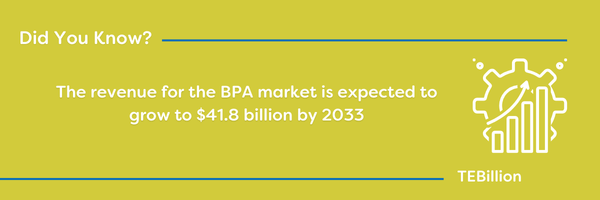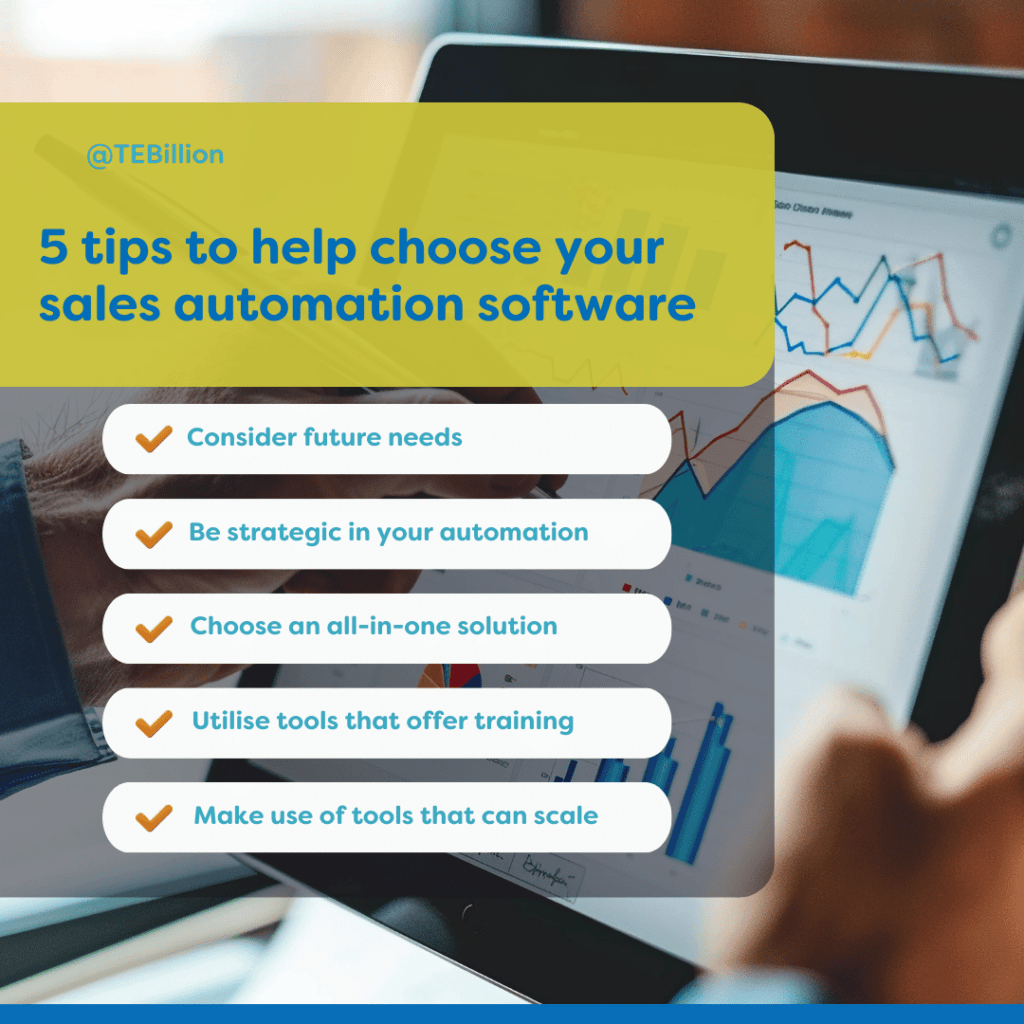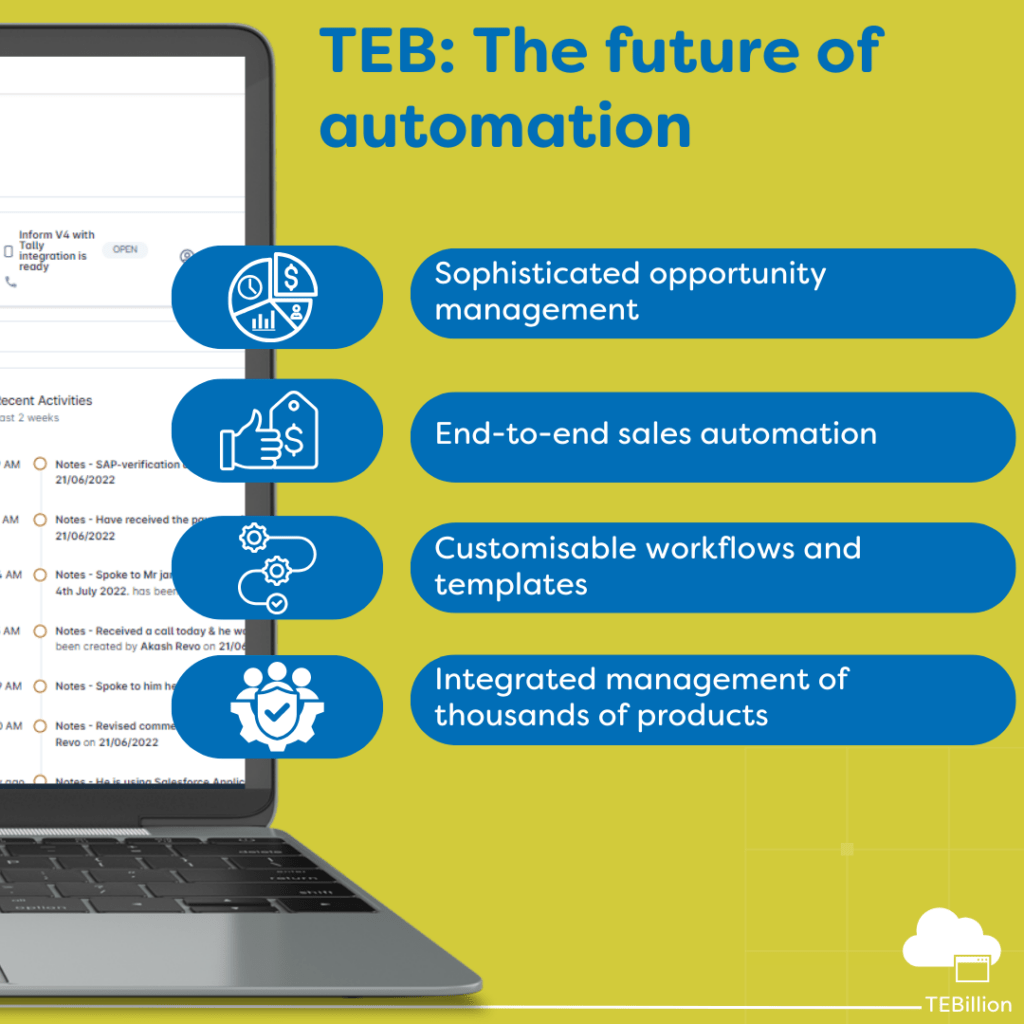
Is your sales process designed to get your customers through the sales cycle without A. dropping out, and B. getting bogged down in unnecessary delays? Whilst it is not always possible to determine the exact path your clients will take through their customer journey, there are plenty of things you can do with sales automation to make it as streamlined, simple and profitable as possible.
In this article we are going to take a full look at what exactly sales automation in 2025 is and how it has evolved over the last five years. Then we will discuss the challenges of sales without automation, and the processes that can be automated, before finishing up with some top tips on choosing sales automation software for your own business.
Sales automation in 2025 is essentially software and technologies which are used to operate specific tasks or processes that fall within or are related to the sales cycle.
This may see Business Process Automation (BPA) taking on repetitive roles and essential but not high-skilled daily tasks, data entry, administrative work. It may also see the use of complimentary technologies, such as Artificial Intelligence (AI), handling some generative tasks, customer service engagements, and simple A-to-B process activities.
Sales automation has had a huge impact on not only the way sales are conducted, but the environment in which they take place too.
Sales automation can also be used to refine the way in which businesses operate, and become part of their digital architecture, so the application of these tools and programs has very real impact on customer facing actions, internal processes, and the way the business is structured as a whole.
There are significant benefits and reasons why strategic and appropriate automation can be necessary for companies, some of these include:
Many businesses and industries on a global scale are adopting and evolving their usage of automation for most of their processes, including sales and marketing, because they see room for improvement, the potential for better use of their resources, and the ability to grow their business as a result.
To put this into perspective, consider:

TEB can help you to boost your sales teams performance with futuristic, high-powered, and intuitive solutions, designed to support your daily activities and increase your productivity – allowing your team to spend more time on the tasks that build your brand and increase your profits, without risking the integrity of your operations.
Sales automation, like many modern tools, has evolved and developed over the last five years. With AI becoming more accessible and reliable, Machine Learning (ML) being developed, and structural operational tools being more affordable and less disruptive to bring into an established business, it is not surprising to see a significant increase in their usage.

In 2023, Future Market Insights estimated the revenue for the BPA market to be $13.7 billion (USD) and expected to reach $41.8 billion by 2033 at a CAGR of 11.8%. This market is being led by cloud-based BPA software which (by 2033) is expected be worth $22.9 billion due to its cost saving and efficiency benefits.
Since the early days of sales automation, integrated tools and the ability to align sales and marketing activities with each other, and the rest of the business, has been a driving factor in business evolution.
Modern sales automation tools now work as an integral part of the business environment, providing far better data security, reliable collation, in-depth analytics and monitoring, and a more transparent business structure.
Customer trends in recent years have been developing more and more towards hyper-personalisation, and a desire for omni-channel engagement. Sales tools have been refined to allow this to happen but still provide the convenience and time-saving flexibility of being largely automated and adjustable to suit various situations.
The last five years of sales automation have been significant, and these trends and the push towards greater automation is not going to go anywhere anytime soon.
Businesses that want to remain competitive, and meet the demands of their customers, are going to need to pay more attention to their internal operations, and ensure they are structured in the most streamlined manner in order to remain competitive.
Whether you are a small or growing business, having a manual approach to sales can come with a variety of challenges and downsides that sales automation in 2025 can actually address, resolve, and / or improve.
Regardless of the size of your business, some of the key challenges that you might find yourself facing without automation include:
Working with sales automation can make it far simpler and easier for your team to engage with clients. It can also allow for a superior sales funnel which streamlines the customer journey and encourages more sales and profits as a result.
Sales automation in 2025 can produce effective changes and results in a wide range of business areas, whether it is directly engaging the customer, or operating your business processes behind the scenes.
Key areas that you can expect sales automation to positively impact, when implemented correctly, include:
Data-driven and data-first business is growing increasingly popular across most industries on a global scale. This means that it is more important than ever for companies to have the infrastructure and tools to manage a growing number of engagements.
If you do not have the system in place to keep up with modern customer demands, then you are going to lose out to competitors that have invested in their own futures.
The more you can do to support your team, and free up their time to work with and for customers – the more money you can bring in through additional sales.
TEB utilises a wide range of strategic automation tools, AI, and support to provide an unbeatable level of performance, personalised activities, and a reliable platform that you and your team can be confident will handle your data, analytics, and customer needs in a way that best suits your business.
Sales automation tools are widely available and come in a whole variety of platforms, programs, and software additions.
To help you choose the one best suited to your business needs, our top 5 tips are:

Make your sales automation simple, effective, and highly profitable.
Bringing TEB into your business allows you to benefit from a futuristic and powerful platform, designed to integrate with your structure – evolving with you to ensure you are always performing at your best.
Amongst the many benefits that come with TEB, your sales team and structure can expect to benefit from:

The more your business can do, the better you can respond to every opportunity. With TEB at the heart of your processes, supporting automation, AI, and much more – you can evolve your business to be the best it possibly can be.
Book a demo with our team today, and discover the many ways TEB can take your sales automation to the pinnacle of success.